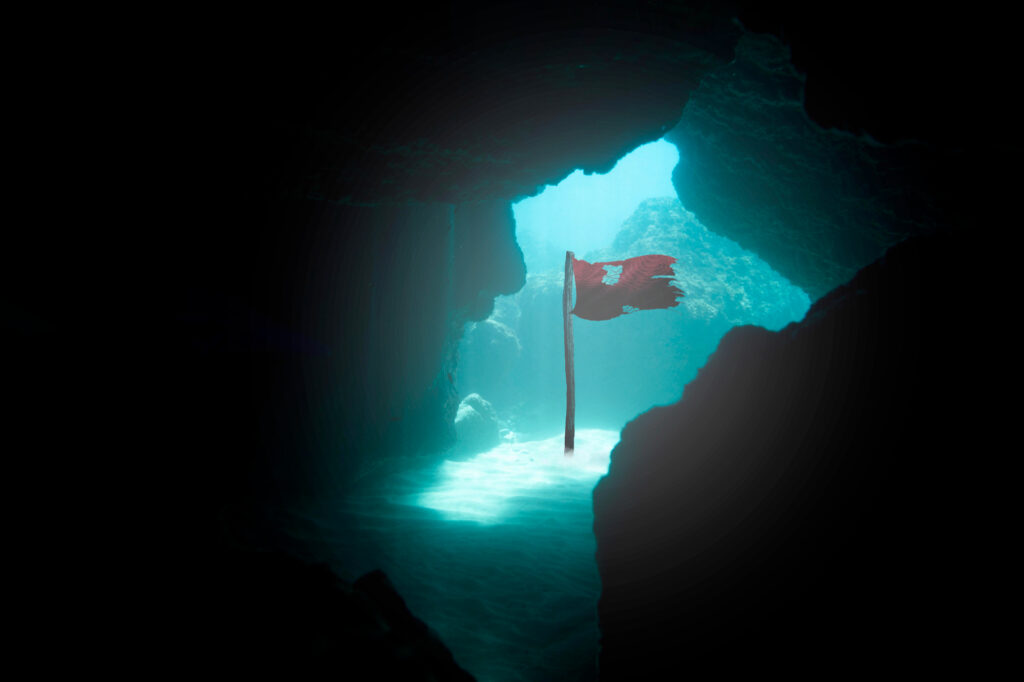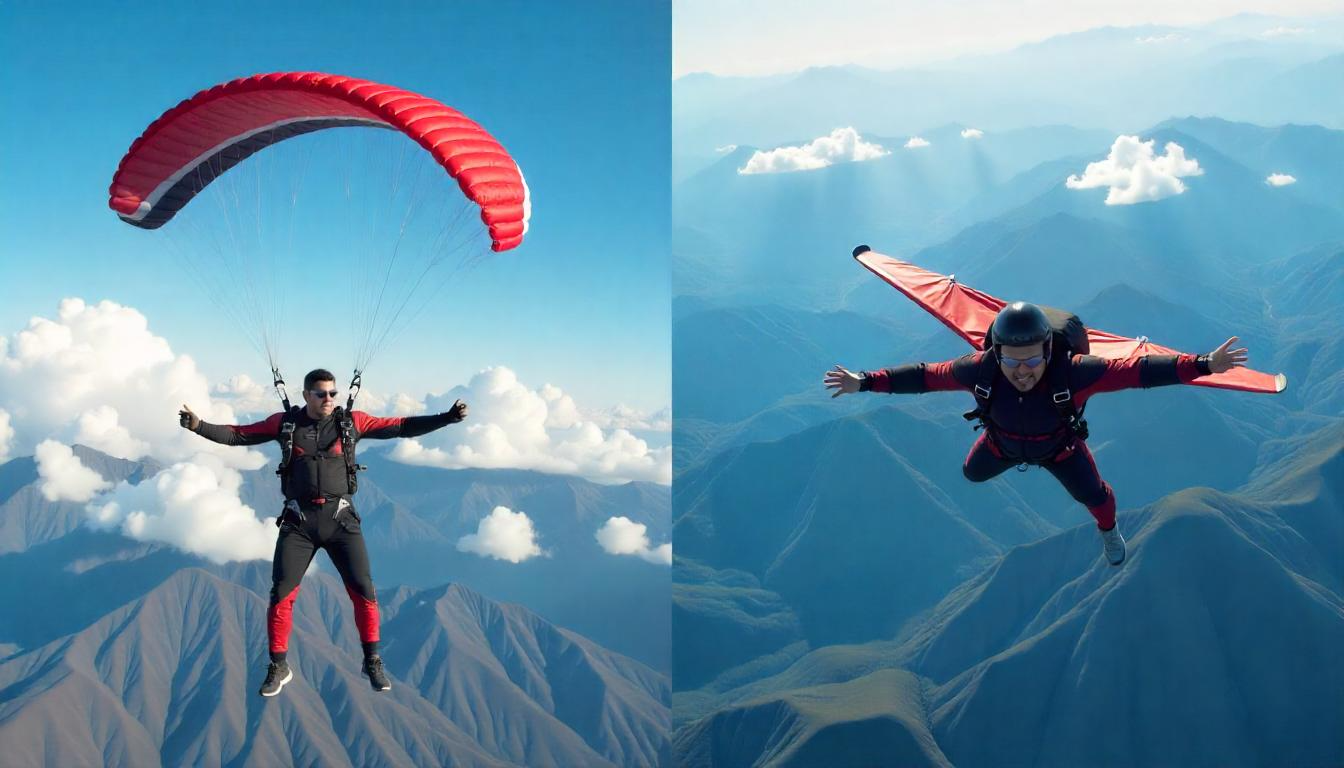The Cave Diving Olympics did not feature underwater cave diving as a sport. This decision was based on the activity’s complexity and inherent risks. Underwater cave diving involves more than just swimming; it requires navigating through submerged caves that often have poor visibility, strong currents, and tight spaces. These factors make cave diving in such environments quite difficult. If underwater cave diving were to be included in future Cave Diving Olympics, several key aspects would need consideration. First, cave diving safety measures would be essential to protect the athletes. Diving in these settings carries unique dangers, such as the risk of drowning, decompression sickness cave diving, or getting lost in dark, cramped areas. These risks can lead to cave diving accidents, making it crucial to address these elements.
Next, there would need to be clear cave diving judging criteria. Judges would require a solid framework to assess dives based on skill, technique, and safety. This would involve evaluating how well divers navigate obstacles and handle tough situations. Public interest is also important for the Cave Diving Olympics. The sport would need a dedicated following to warrant its inclusion. Promoting awareness and excitement around it would be crucial. This could be done through media coverage, competitions, and educational events focusing on underwater exploration and the artistry of underwater cave photography. Lastly, logistical considerations are vital. Organizing cave diving competitions would necessitate specialized venues and equipment, elevating the complexities of cave diving logistics. The costs and resources needed would be significant. Proper facilities would be required to support the sport at the Olympic level.

While cave diving was not part of the 2024 Olympics, its future in this prestigious event hinges on addressing cave diving safety, judging standards, public interest, and logistical needs. If underwater cave diving is considered for future Olympic games, several important issues must be addressed:
Cave Diving Safety
Extreme Risk: Safety is a crucial concern in underwater cave diving due to the many dangers involved in extreme cave diving. This activity has an extreme level of risk. Divers face serious hazards such as becoming trapped in underwater passages, experiencing equipment failures, or suffering from decompression sickness cave diving, which can occur when ascending too quickly. These risks can lead to life-threatening situations.
Safety Protocols: To address the risks of cave diving, there must be strict safety protocols and detailed emergency procedures. Establishing these measures is vital to reduce the likelihood of accidents and ensure effective cave diving rescue strategies. Every dive requires thorough planning and preparation to ensure that divers know what to do in case of emergencies. Regular drills and training will help all team members be ready for unexpected situations.
Qualified Personnel: Qualified personnel play a key role in maintaining safety during cave diving. It is essential to have highly trained and experienced cave diving professionals present. They are responsible for overseeing safety practices and ensuring that all equipment is functioning properly. In an emergency, these experts are crucial in executing effective response strategies. Their skills can make the difference between life and death underwater, emphasizing the need for their presence in every diving expedition.

Cave Diving Accessibility and Logistics
Suitable Locations: Accessibility and logistics in cave diving competitions are essential. The chosen sites must meet strict safety standards to protect all participants. This means checking for stable underwater conditions and potential hazards. At the same time, these sites should present challenges that test the skills of the athletes. Locations should also be accessible to both the competitors and spectators, allowing for a larger audience to engage with the event, boosting interest and attendance.
Logistics: Logistical organization is a critical part of running an Olympic-level cave diving competition. Planning must cover many areas to ensure everything runs smoothly. Transportation is one of the first concerns. Organizers need to arrange travel for athletes, officials, and spectators. Moreover, specializing in cave diving equipment is another key factor, including specialized diving gear and safety devices. On-site support is vital as well. Teams must be prepared to handle emergencies, provide medical care, and assist divers at all times. All these elements work together to create a safe and successful competition. Proper planning and execution of logistics ensure that the event can focus on the incredible skill of the divers. By addressing these issues, organizers can create a memorable experience for everyone involved.

Cave Diving Judging Criteria and Scoring
Objective Criteria: Judging and scoring cave diving performances involve complex considerations. One major challenge is developing cave diving competition rules for evaluation. This requires careful thought about various important factors. For instance, the depth of exploration is critical. Deeper dives during the Cave Diving Olympics often show more skill and bravery, but they also come with greater risk. Navigational skills are another key factor. Divers must demonstrate the ability to move through the cave system safely and accurately. This means they need to understand their environment and maintain orientation in often dark and confusing spaces. Overall safety practices must be taken into account as well. Divers should adhere to established safety protocols to protect themselves and their teams.
Fairness and Consistency: Fairness and consistency are vital in judging performances across different cave systems and conditions. Each cave presents unique challenges. Some might be narrow and twisty, while others are wide and open. These differences can affect how divers perform. Judges need to apply the same standards regardless of these factors. This ensures that all divers are assessed on a level playing field. Clear guidelines can help achieve this fairness. Consistent scoring helps maintain the integrity of the judging process and fosters trust among participants. Establishing a clear framework for evaluation will support fair competition in the sport of cave diving.

Cave Diving Environmental Impact
Conservation: Conservation is vital for the preservation of cave ecosystems. These systems are fragile, housing unique wildlife and plant life that can easily be disrupted. Cave diving competitions can cause disturbance to these habitats, which may lead to long-lasting damage. This reality calls for strong action to protect these ecosystems before they suffer irreversible harm in the face of growing cave diving tourism.
Sustainability: To address these concerns, promoting sustainable practices in cave diving is necessary. This means creating rules that reduce harm to cave environments. Participants should be educated on the importance of these ecosystems. Measures may include limiting the number of divers allowed in a cave at one time. It could also involve setting specific paths for divers to follow, ensuring they do not accidentally touch or disturb sensitive areas while competing in the Cave Diving Olympics.

Additionally, using environmentally friendly equipment is crucial. This could range from biodegradable products to gear that minimizes impact. The goal is to maintain the beauty and health of these caves for future generations. By embracing conservation efforts and sustainable methods, the integrity of cave environments can be preserved while allowing for the enjoyment of cave diving competitions.
Conclusion
Introducing underwater cave diving to the Cave Diving Olympics offers a thrilling new experience but comes with significant challenges. Cave diving safety is paramount, requiring careful planning and strict protocols. Logistics demand thorough organization to ensure smooth operations for both divers and fans. Clear cave diving judging criteria will be essential for fair competition, while protecting delicate ecosystems is crucial for sustainability. As this sport gains attention, careful consideration of these factors can make underwater cave diving a remarkable addition to the Olympic Games. Excitement awaits, but we must prioritize safety and responsibility as we dive into this new adventure.




